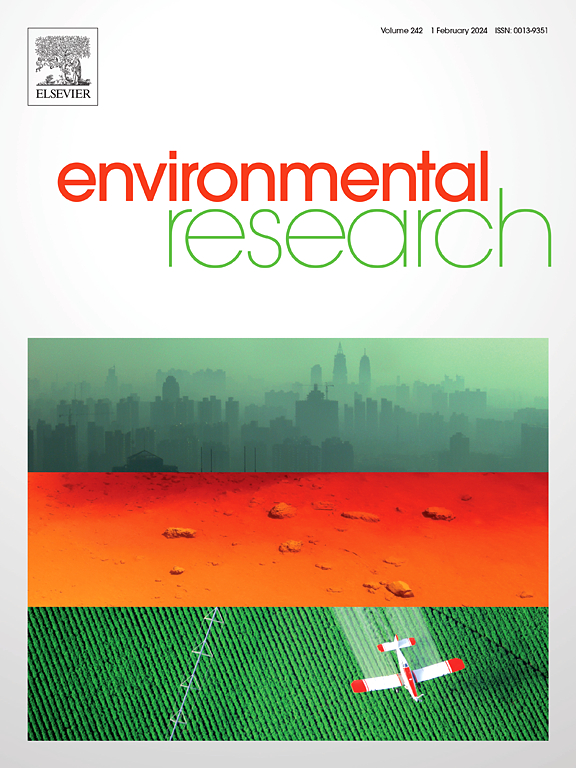Posidonia oceanica leaf bleaching: does it affect the plant photoprotective mechanisms?
IF 7.7
2区 环境科学与生态学
Q1 ENVIRONMENTAL SCIENCES
引用次数: 0
Abstract
Seagrasses are vulnerable to climate change, although photoprotective mechanisms through photopigment rearrangement, have been detected to avoid photoinhibition and photooxidative stress at high temperatures. Posidonia oceanica, endemic to the Mediterranean Sea, is not an exception. Leaf bleaching has been associated to temperature but how it affects seagrass viability is still unknown. Through a depth-cross-transplantation experiment in Cyprus, we explored the role of temperature and irradiance in determining bleaching onset and analyzed changes in photopigments after transplantation. Unexpectedly, after three months, leaf bleaching did not increase in plants transplanted to a different depth from the origin (e.g. from −10 to −30). Rather, higher bleaching was found when cuttings were kept at their origin depth (i.e. −10m), likely indicating that light and temperature are not the main drivers of this phenomenon. Photopigment rearrangement at different light and temperature conditions suggested that usual photoprotective mechanisms, used by the plant to respond to environmental stressors, are preserved despite the presence of bleaching. Understanding this phenomenon has become pivotal to predict the performance of P. oceanica in a changing Mediterranean Sea.
海芋叶白化:是否影响植物的光保护机制?
海草易受气候变化的影响,但已经发现了通过光色素重排来避免高温下的光抑制和光氧化胁迫的光保护机制。地中海特有的大洋洲波西多尼亚病也不例外。叶子白化与温度有关,但它如何影响海草的生存能力仍然未知。通过在塞浦路斯进行的深度交叉移植实验,我们探讨了温度和辐照度在决定白化发生中的作用,并分析了移植后光色素的变化。出乎意料的是,3个月后,移植到不同深度的植物(例如从−10到−30)的叶片漂白没有增加。相反,当岩屑保持在其原始深度(即- 10米)时,发现漂白程度更高,这可能表明光和温度不是这种现象的主要驱动因素。光色素在不同光照和温度条件下的重排表明,尽管存在漂白,植物通常用于应对环境胁迫的光保护机制仍被保留下来。了解这一现象对于预测大洋藻在不断变化的地中海中的表现至关重要。
本文章由计算机程序翻译,如有差异,请以英文原文为准。
求助全文
约1分钟内获得全文
求助全文
来源期刊

Environmental Research
环境科学-公共卫生、环境卫生与职业卫生
CiteScore
12.60
自引率
8.40%
发文量
2480
审稿时长
4.7 months
期刊介绍:
The Environmental Research journal presents a broad range of interdisciplinary research, focused on addressing worldwide environmental concerns and featuring innovative findings. Our publication strives to explore relevant anthropogenic issues across various environmental sectors, showcasing practical applications in real-life settings.
 求助内容:
求助内容: 应助结果提醒方式:
应助结果提醒方式:


